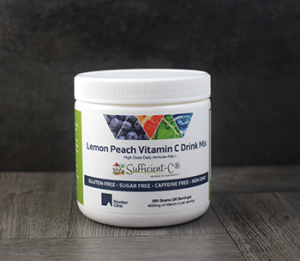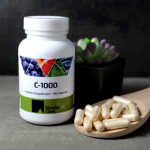Vitamin C Powder
 |
Vitamin C 4000 mg/2 Scoops Buy Now |
You can see how this popup was set up in our step-by-step guide: https://wppopupmaker.com/guides/auto-opening-announcement-popups/
You can see how this popup was set up in our step-by-step guide: https://wppopupmaker.com/guides/auto-opening-announcement-popups/
You can see how this popup was set up in our step-by-step guide: https://wppopupmaker.com/guides/auto-opening-announcement-popups/
 |
Vitamin C 4000 mg/2 Scoops Buy Now |
 |
1,000 mg 250 Capsules Buy Now |
 |
Vitamin C 1.000 mg, 250 Capsules Buy Now |
 |
Vitamin C Vitamin D3/K2 Vitamin A Zinc Selenium Buy Now |



